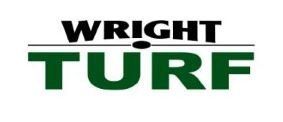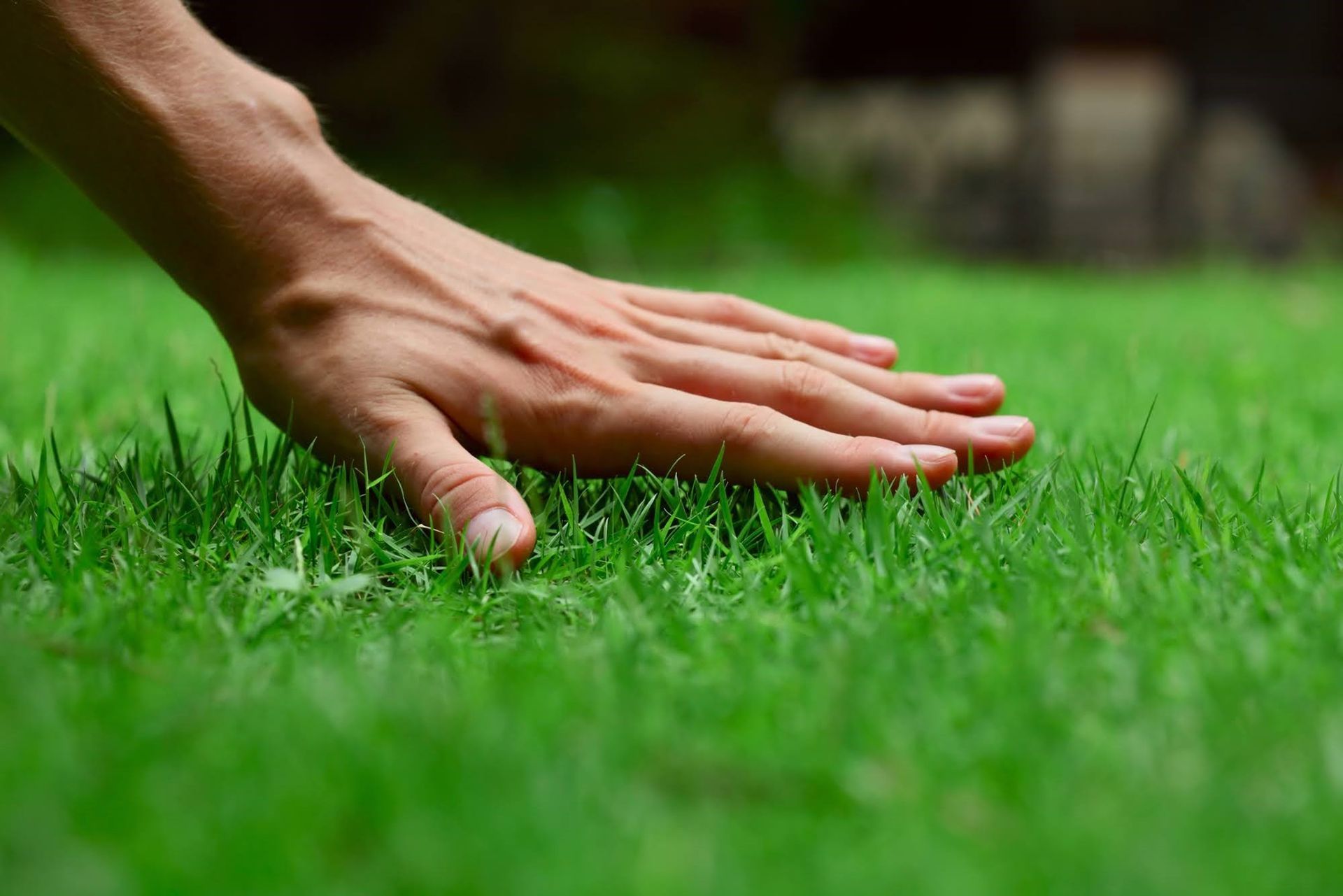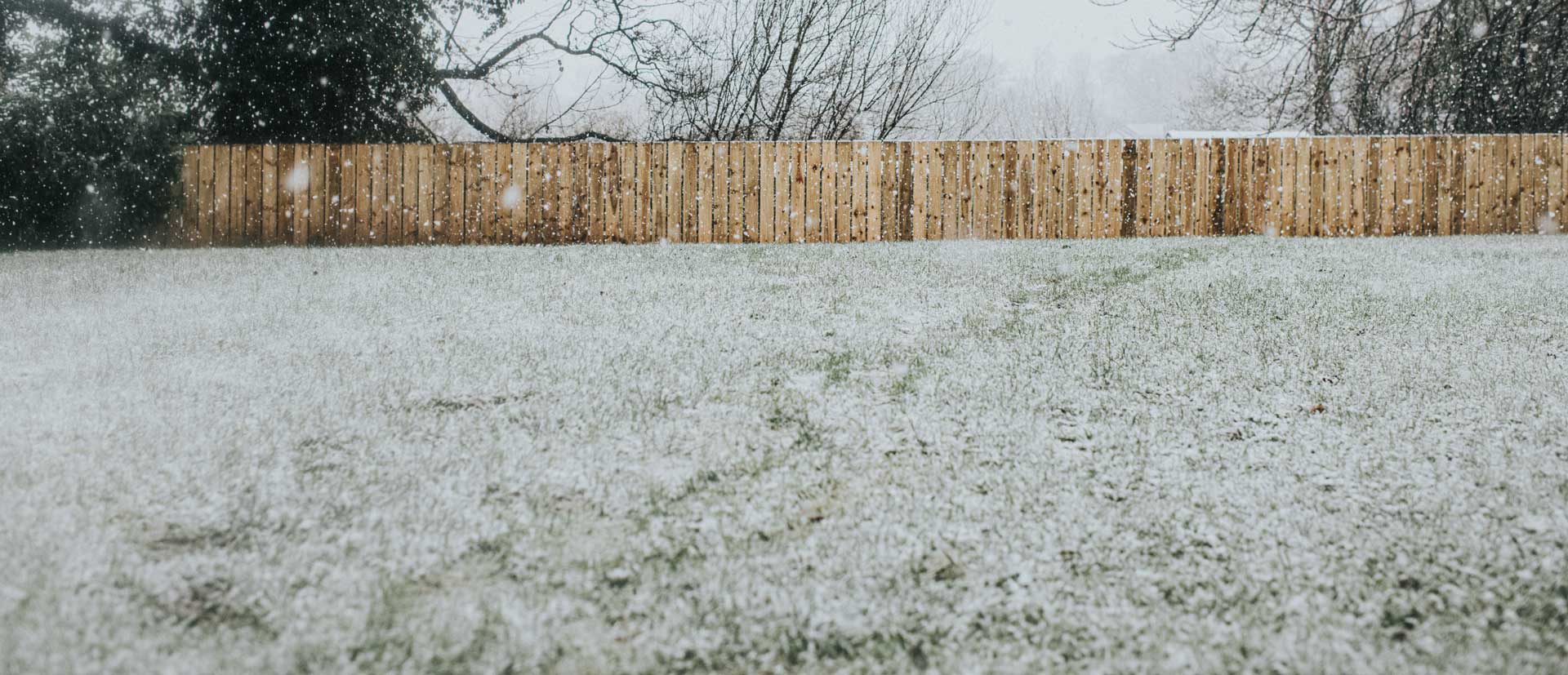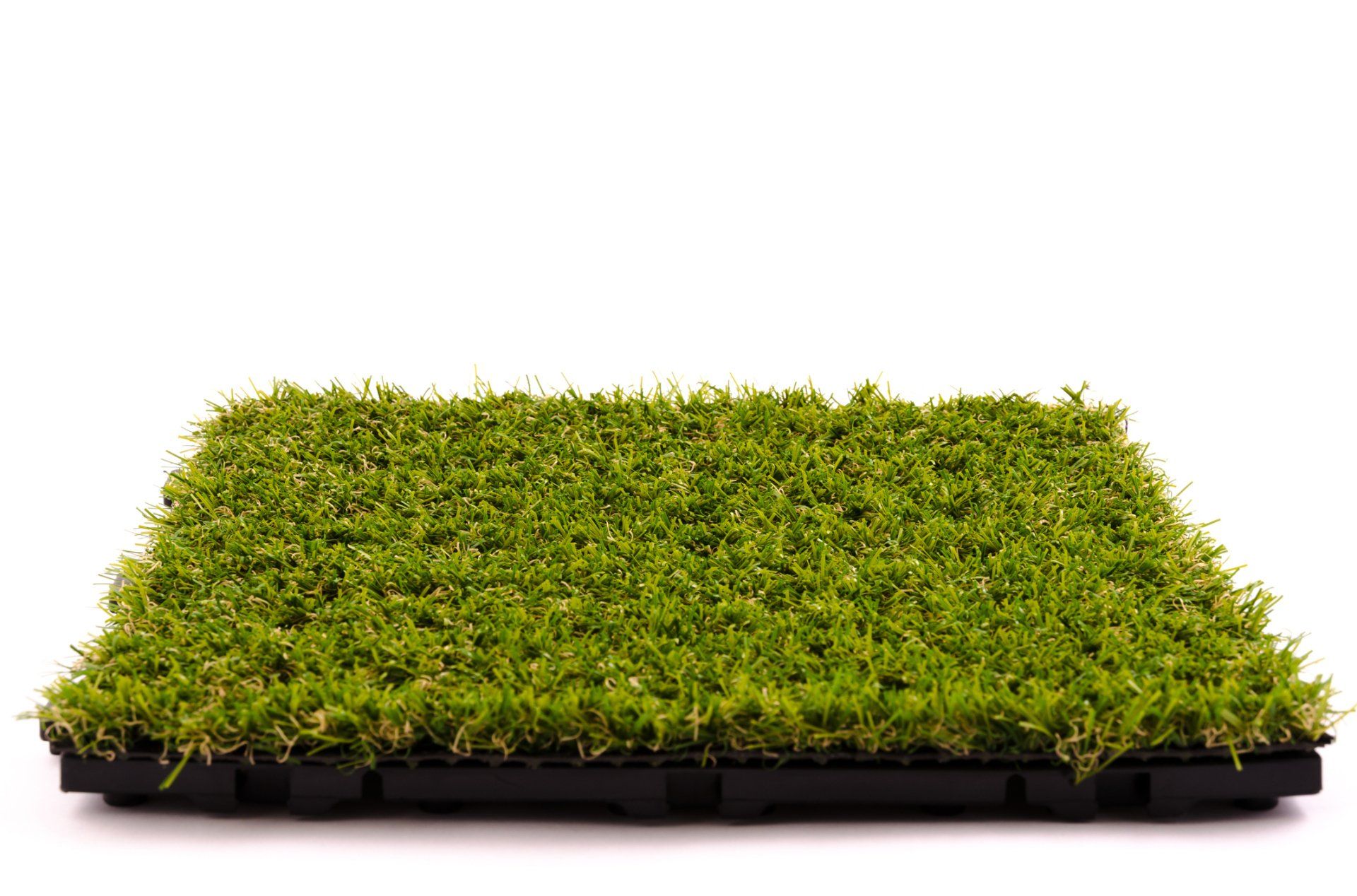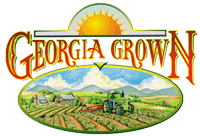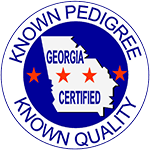6 Grass Terms to Help You Build a Great Lawn
- By Admin
- •
- 04 Feb, 2021
- •
Considering a sod lawn at your home or business? While many elements of the process have been made user-friendly for the public, you will still need to understand a few terms in order to choose the right sod and care for it so it stays lush and green for your enjoyment. Discover some of these terms and how they relate to your new sod.
1. Dormancy
Grasses and other plants go dormant to survive unfavorable conditions for weeks or months. Cool-season grasses go dormant when the weather is too hot, while warm-season grass goes dormant in the cold. Dormant grass takes on a fairly uniform brown, dead appearance - but it is still deeply rooted and far from dead. The right temperatures, watering, and fertilization will bring it right back to life.
2. Friable (Soil)
Friable is a technical term for ideal soil texture (rather than the mineral or acidity content) to help plants take root and grow. Often referred to as loam, friable soil has a crumbly texture that allows good drainage so roots do not become waterlogged, but it does not allow all moisture to escape straight through. Friable soil is vital if you want your turf to root well and become stable quickly.
3. pH
pH is the measurement of soil's acidity or alkalinity. It is generally measured with simple soil tests that produce a number you can use to make adjustments. Most lawn grasses like a pH between six and seven, so understanding your pH levels is key to thriving turf. If the test indicates that the soil pH needs raising, add limestone material to the mix. If it needs lowering, do this with sulfur or aluminum sulfate.
4. Plugs
Plugs, as their name suggests, plug a hole in the lawn. A sod plug is a small section of turf (the layer of earth and grass) planted in the ground in rows or groupings 9-12 inches apart. As these take hold where they are planted, they spread and fill out the intervening soil area. They may fill in gaps or plant a new section in lieu of full sod. Sprigs are plugs planted in a longer, more trench-like layout.
5. Seasons (Grass)
Grasses are divided into two categories based on how they grow. Cool-season grasses (like fescue) go dormant in the hot months of summer but tolerate plunging winter temperatures better. Warm-season grasses (such as zoysia) grow in the spring and summer and have a higher tolerance for drought. They may not survive a harsh winter, though. Your climate and lawn goals determine the best season to use.
6. Turf
Most people think of turf and lawn as interchangeable. And even though they are connected, they are different concepts. The lawn is an expanse of grass that is tended and mowed. The turf, though, is what makes up that lawn. Turf is the layer of earth that holds a dense carpet of grass and its matted roots. Turf, then, makes up the lawn. The turf is what you must tend to in order to have a beautiful lawn.
When you know more about how to choose the right grass, how to prepare its soil, and how to maintain it, your new sod lawn will be beautiful and simple all year long. Georgia property owners can learn more by meeting with the pros at Wright Turf today. We are happy to answer your sod and lawn questions as well as to help you become the best lawn owner you can be. Call today to make an appointment and discover what we can do for you and your lawn.